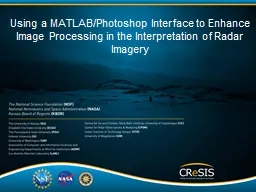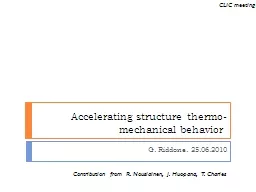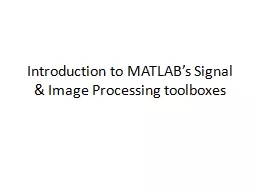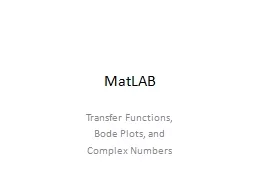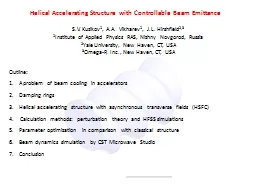PPT-Accelerating MATLAB Image Processing Toolbox Functions on GPUs
Author : tatiana-dople | Published Date : 2018-10-04
Jingfei Kong Martin Dimitrov Yi Yang Janaka Liyanage Lin Cao Jacob Staples Mike Mantor Huiyang Zhou Motivation With high memory bandwidth and teraflops
Presentation Embed Code
Download Presentation
Download Presentation The PPT/PDF document "Accelerating MATLAB Image Processing Too..." is the property of its rightful owner. Permission is granted to download and print the materials on this website for personal, non-commercial use only, and to display it on your personal computer provided you do not modify the materials and that you retain all copyright notices contained in the materials. By downloading content from our website, you accept the terms of this agreement.
Accelerating MATLAB Image Processing Toolbox Functions on GPUs: Transcript
Download Rules Of Document
"Accelerating MATLAB Image Processing Toolbox Functions on GPUs"The content belongs to its owner. You may download and print it for personal use, without modification, and keep all copyright notices. By downloading, you agree to these terms.
Related Documents


